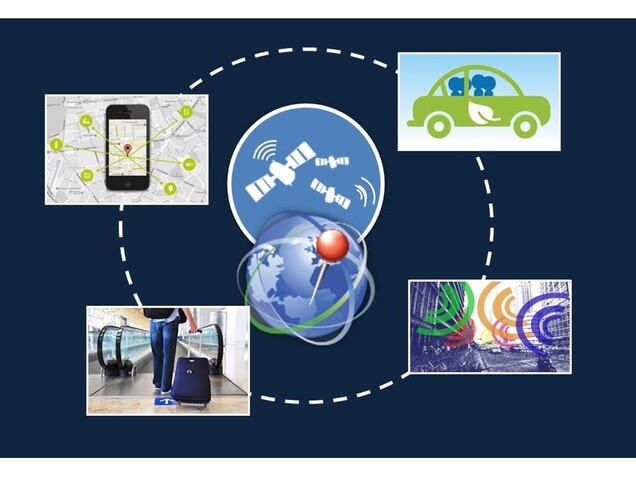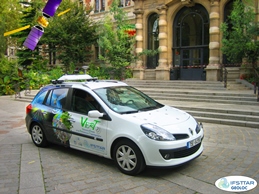The GEOLOC Laboratory
The GEOLOC laboratory started building its competency in localization by conducting research activities in Site robotics at the end of the 80’s.
At this time, the first high-precision GPS systems had just arrived on the market and the team played a major role in the evaluation of their capacity to bring solutions to the challenges of the construction sites automation, thanks particularly to its testing facility SESSYL, between 1995 and 2005.
When it switched its application domain in 2005, from the road sites to the road transport systems, the team paid attention to the GNSS technologies that were relevant for this new domain, i.e. differential GNSS and GNSS hybridized with proprioceptive sensors and digital maps. Thanks to its implication in a high number or research projects at a national level (ARCOS, ANR-CityVIP…) and at an international level (GIROADS, CVIS, SAFESPOT…), it managed to be recognized by the communities of transport, mobile robotics and GNSS for its skill at the interface of these 3 areas.
After having been active only on positioning techniques for road vehicles, the team, that became GEOLOC laboratory, launched a new activity on pedestrian positioning and navigation methods and systems in 2012. This change completed ongoing research with new activities toward the development of ubiquitous geolocalization solutions to support travellers in their journey, in all transportation modes: motorized / soft, all surroundings: indoor / outdoor without potential breach of privacy or dependence on a potentially private or failing infrastructure.
GEOLOC research aims also at bring a step closer the objective of improving the localization and integrating applications' specificities: the needs of mobility assistance services, minimum performance localization required for the new mobility services or the observation needs to assess their impacts.
GEOLOC research project is organized around two themes:
- Ubiquitous Localization for an improved mobility
- Definition and Assessment of Geopositioning performances against intelligent transportation systems needs


